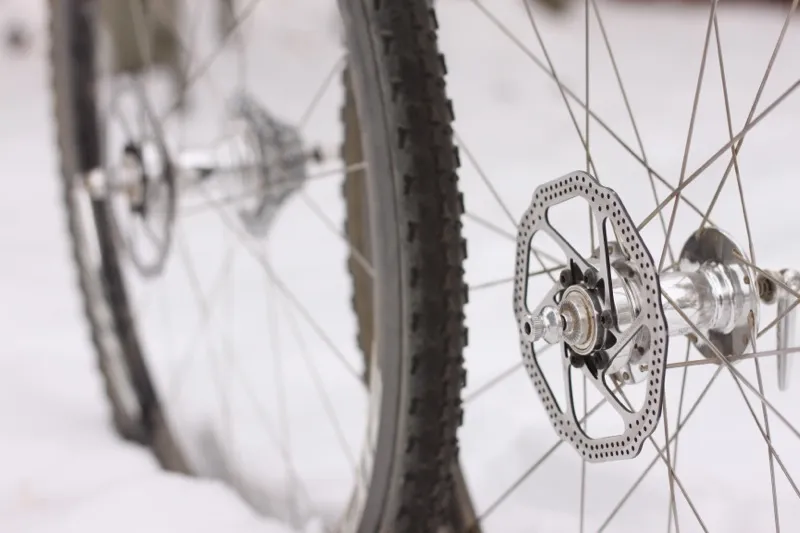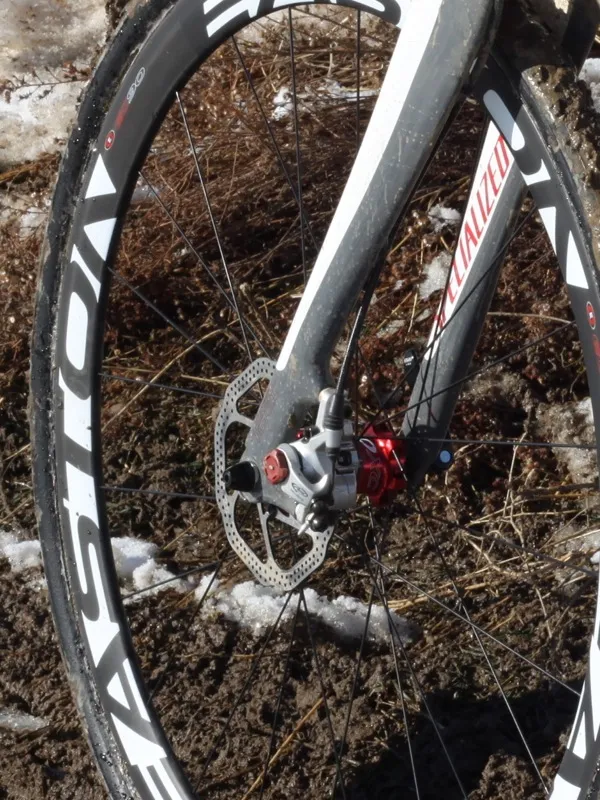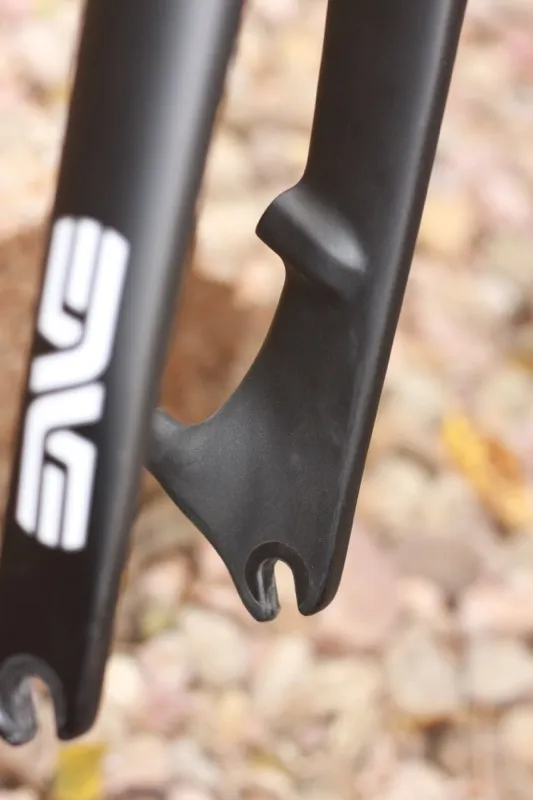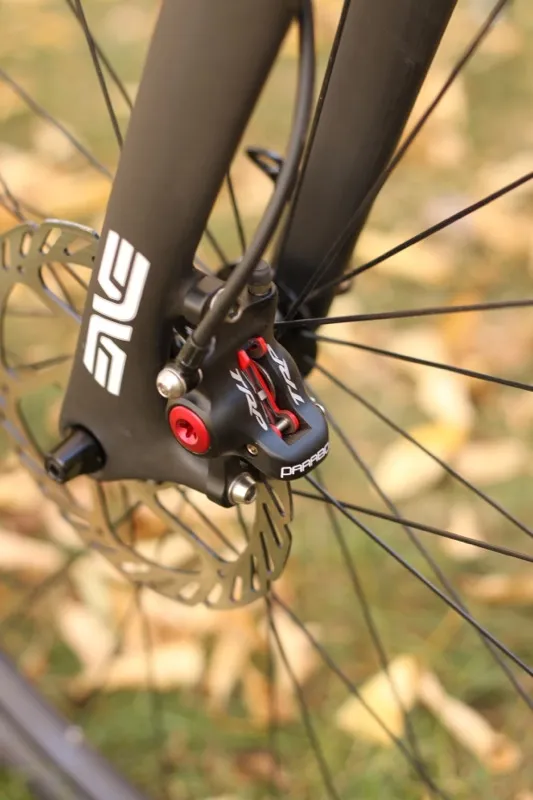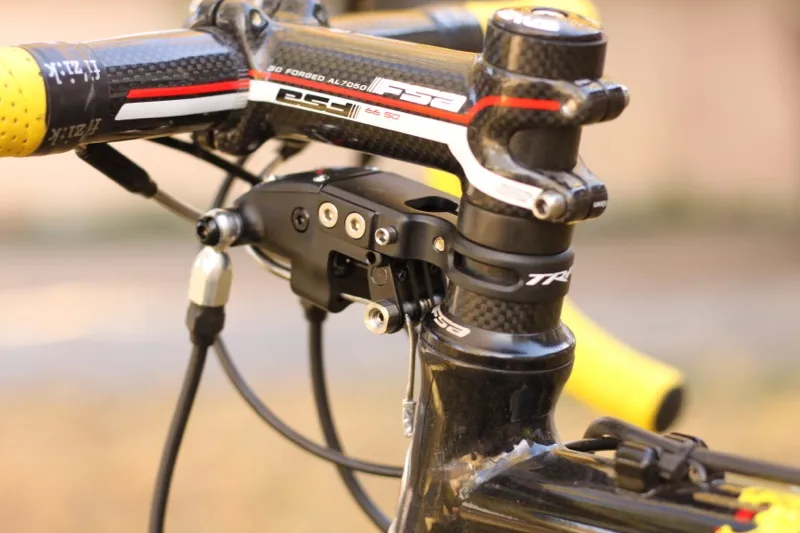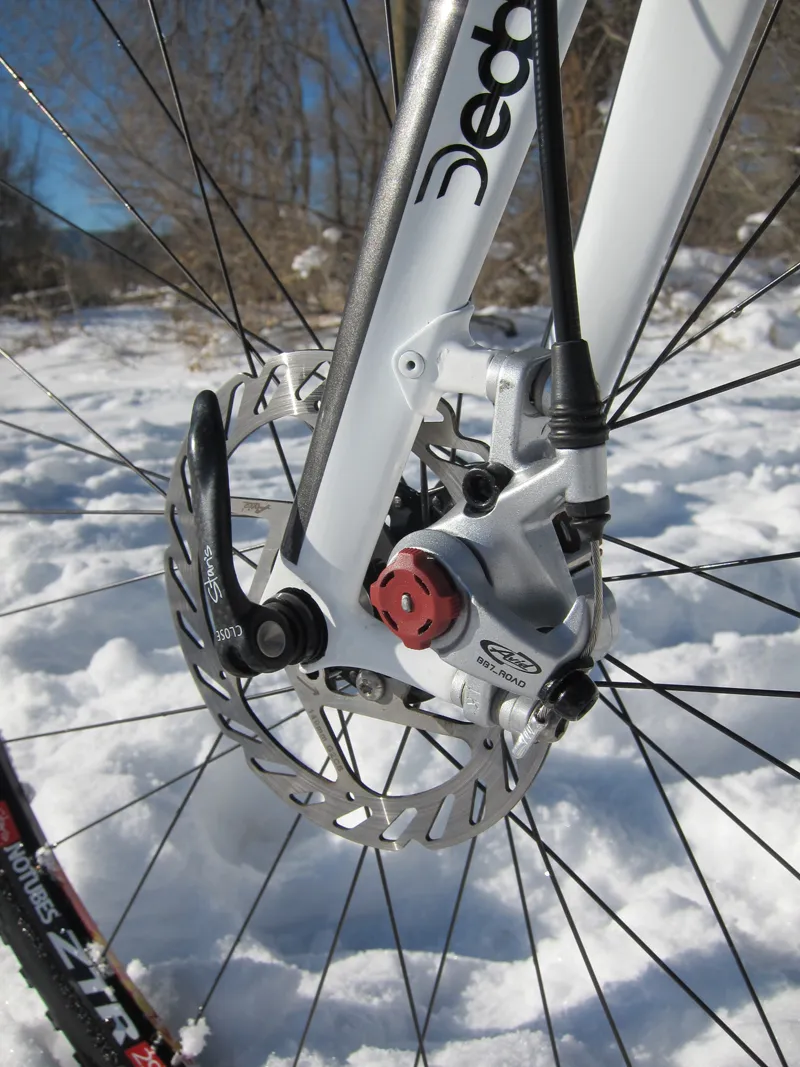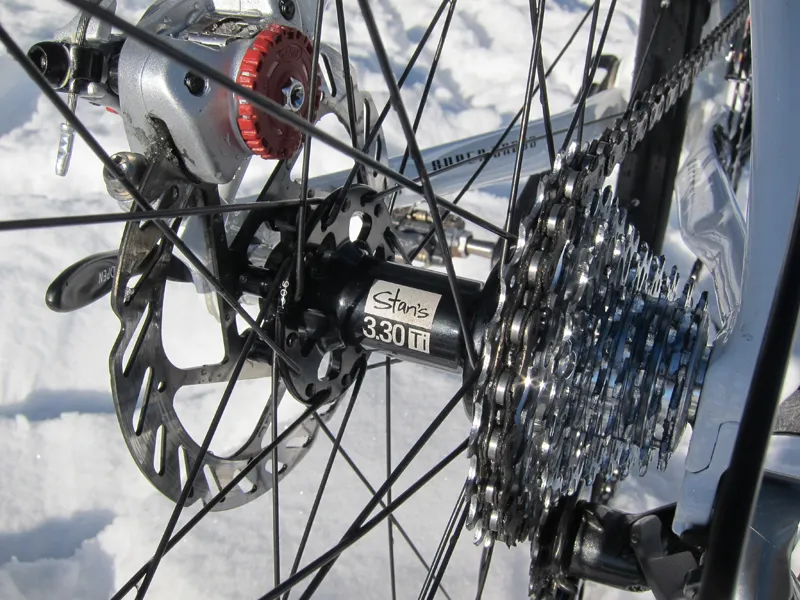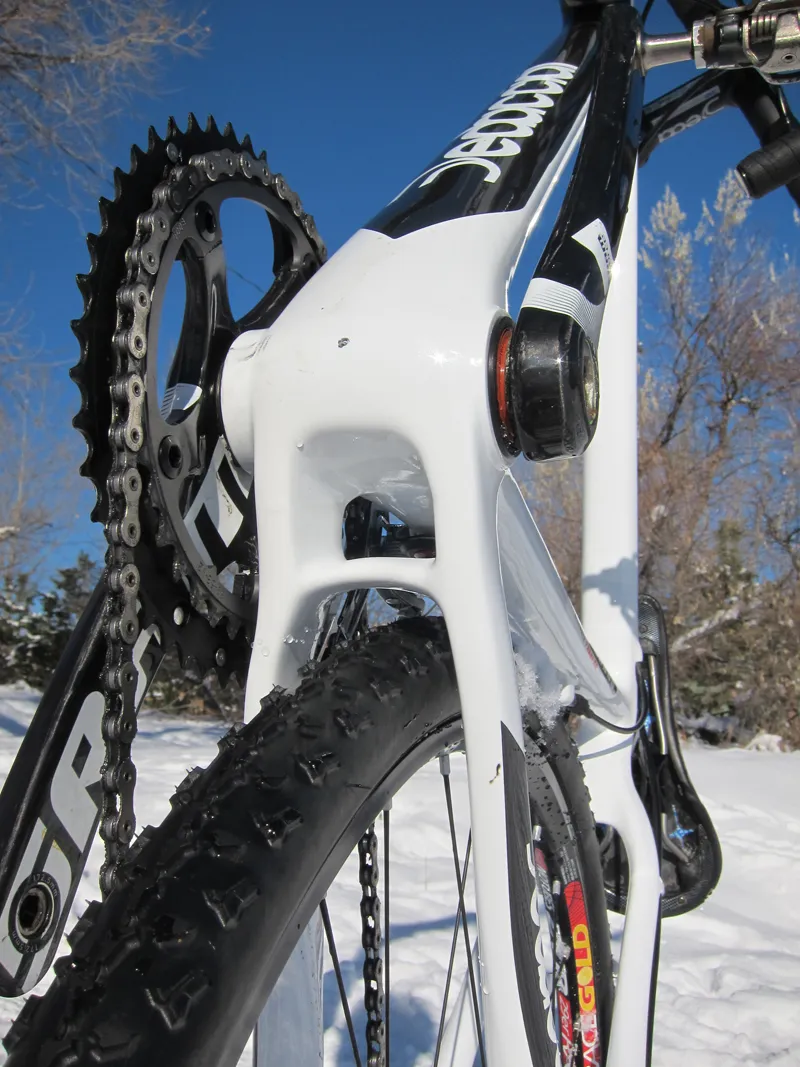In June 2010, the UCI announced they would allow disc brakes for cyclo-cross and techno geeks rejoiced. They knew the rule reversal was the first step to seeing the technology trickle to the road, and trickle it will.
We have good information that Shimano’s future update to Dura-Ace will offer a mechanical disc option, and there are believable rumors that SRAM are working on a hydraulic disc system for Red. And of course there are viable stopgaps available now, TRP’s Parabox being the best, followed by a host of mid-grade mechanical options from Avid, Hayes and Shimano.
We’ve put a full season on multiple disc brake equipped cyclo-cross bikes and we’ve come away sold on the concept, and much of the technology currently available.

Putting discs to the test during the 2011 Boulder Cup, a UCI C1 event – if we'd only won, we'd have beat Tim Johnson to the punch
On the last weekend of our local cyclo-cross season we were presented with a gift: two true mud races. At these events we ran discs alongside both high-performance cantilever and linear-pull brakes. The discs came out on top, offering more control than either of the other two options, not to mention the fact they kept our bike cleaner, longer.
Even wheel changes can be quicker and easier with discs, if you do a little work up front. Syntace offer shims that allow you to set the rotor spacing on all of your wheels to exactly the same position. So if you have to change a wheel in the pit, there are no cables to undo, no arms to open up and no rim dimension variations to account for.
Unable to load media
Mud tire testing at ’Cross of the North (credit: Brian Patrick, OnSight Media)
These last two races were the icing on the cake for our season on discs. In our opinion, there are only a few small issues holding mass acceptance back: weight and the current lack of a full-hydraulic option. And those downsides aren't deal breakers by any means.
Tim Johnson's (Cannondale-Cyclocrossworld.com) Cannondale SuperX still weighs just 16.42lb with Avid BB7s front and rear, and one of BikeRadar's writers is riding a 2012 Dedacciai Super Cross that weighs 7.7kg (17.0lb) with a relatively conservative, but still elite-level, build that includes SRAM Force, Avid BB7s, Stan's NoTubes ZTR Race Gold alloy tubeless clinchers, Shimano XTR pedals and all-alloy cockpit components.

Even smaller companies like Dedacciai are placing themselves on the cutting edge with disc-only carbon 'cross framesets like the Super Cross
It’s not just about better braking…
We're not the only ones who can see the advantages of disc brakes for drop-bar bikes. Last week, VeloNews tech writer Caley Fretz penned a piece on discs for road in which he highlighted the potential safety benefits they would provide. Fretz’s argument is based upon that fact carbon fiber is far from an ideal braking surface.
In mountainous terrain, carbon clinchers battle tire pressure changes, and the wringer their sidewalls are put through, by the heat that builds under the friction of braking. Carbon tubulars, while safer, still present issues, even when they’re ideally set up. Just about all of the issues surrounding carbon wheels are rooted in the task of braking and thermodynamics, so when you remove the braking duties from the rim, things get a whole lot better, and safer.
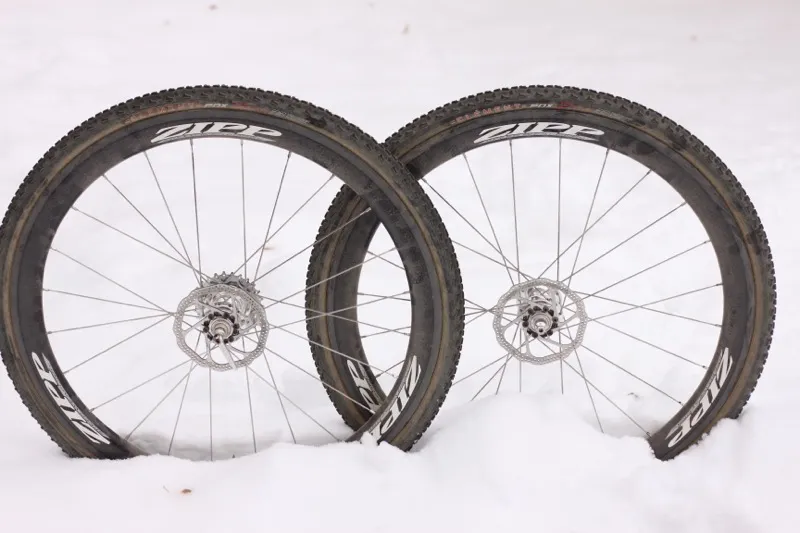
Discs offer safer braking with carbon wheels
So for that reason alone, discs have clear benefits for road bikes, and still there are a host of other advantages:
- Better modulation, which is more important in braking performance than power (of course, there's the possibility of more power too)
- The ability to build new rim shapes that are more aero, more compliant or stronger, due to the fact that they don’t have to accommodate a brake track
- Faster wheel changes, especially between wheels equipped with different rim shapes
- Possibility of less rotational weight, due to the reduced material needs of a brake-track-free rim
- The ability to further tune chassis components (seatstays, fork) for ride characteristics, rather than reinforce them to accommodate brakes
- The consistency, durability and adverse condition performance of hydraulics versus mechanical systems
- Ending premature wear to rims and wheels by moving braking wear to a rotor
- No need for ultra expensive carbon-rim-specific brake pads
- And, for advanced users, a new ability to drive their bikes with their brakes
It’s a list that can continually be added to as a rider becomes more and more familiar with riding discs on the road or for ’cross.
Pioneers, take advantage
The momentum is building behind those test mules (both products and riders) for the concept of discs for ’cross and road. Manufacturers are readily building prototypes; we sourced high-end carbon disc wheelsets from both Easton and Zipp.
And one progressive pro has taken to riding them for more than just photo opportunities: Tim Johnson became the first pro cyclo-crosser to win a UCI C1 event with disc brakes at Jingle ’Cross in November, and raced round five of the 2012 World Cup in Namur, Belgium on discs.
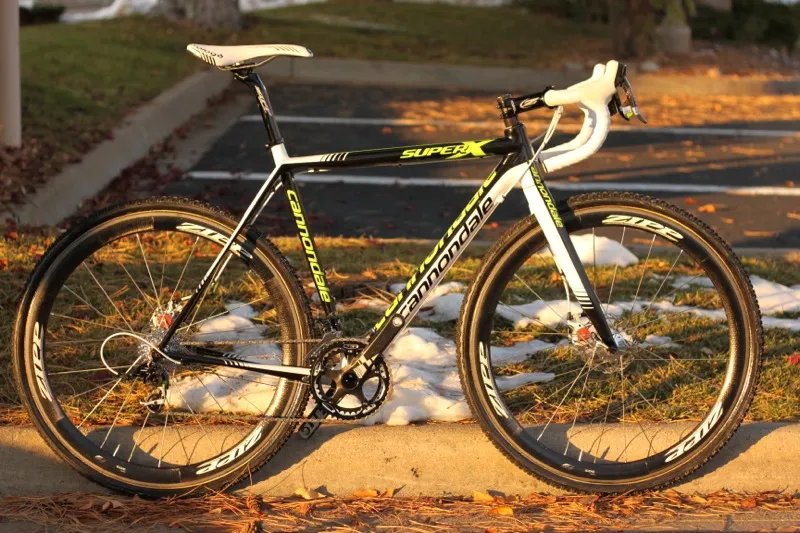
Tim Johnson won a UCI C1 event this season on his Cannondale SuperX disc prototype
He’s the first rider to help prove the brakes, and he’s turning heads. “We decided that we wanted to try it, because I felt like, at certain events, it would make a pretty big difference,” Stu Thorne, Cannondale-cyclocrossworld.com team owner, told BikeRadar. “In LA, Tim won on Saturday and [Ben] Berden came up to me Sunday morning and he wanted to ride the bike around in the parking lot.
"So he was riding TJ’s bike around there, and came back and said, in typical Belgian [fashion], ‘whoaf, this is awesome’. He said that every corner where there was heavy braking, Tim would open up a gap on him, and it made him work just that little bit more.”
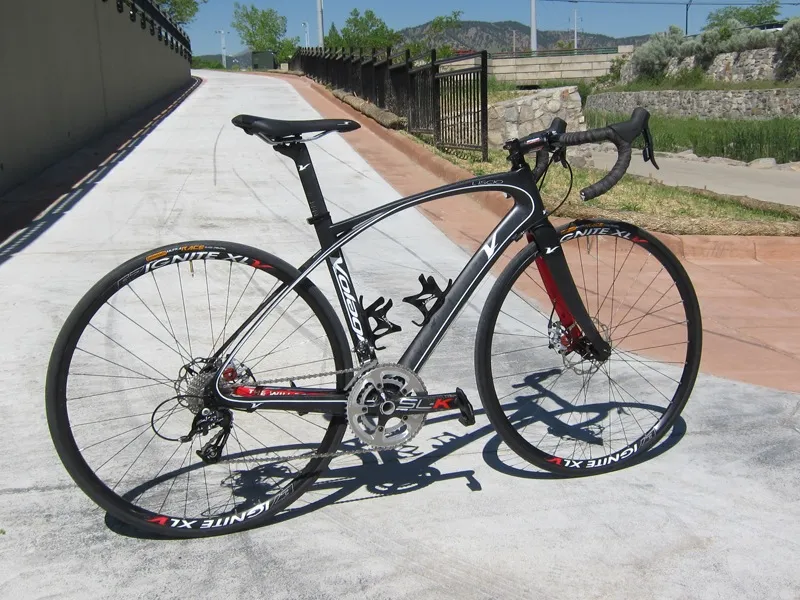
Volagi's Liscio disc road bike
Past that, progressive road brands, like Volagi are putting disc road bikes out, now. Finally, chew on this: every other high-performance wheeled vehicle uses disc brakes, from car, to motorcycle, to racing lawnmower, to mountain bike. Is it time for ’cross and road bikes to step up? We think it is.
Once component manufacturers start to offer integrated hydraulic setups and frame companies start optimizing designs for discs, we'll be left asking why it took so long. It's only due to legacy that we've all come to accept that squishing a couple of little rubber blocks against a carbon or aluminum rim is something other than ludicrous.
